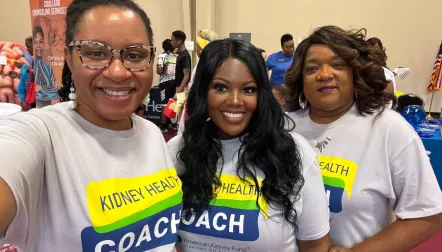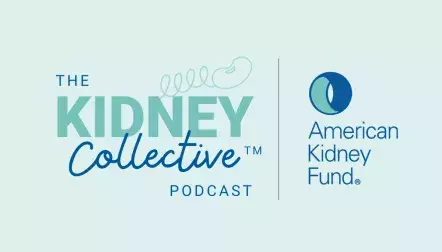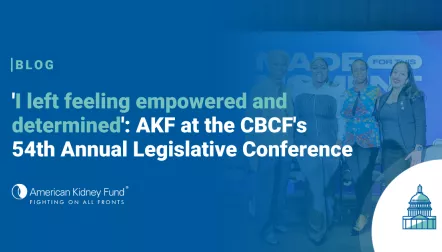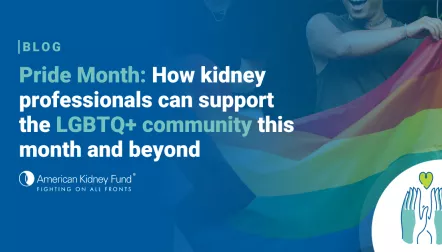
Blog post
More organ donors of color are needed

In 1996, we had an idea at the Minority Organ Tissue Transplant Education Program (MOTTEP): let's set aside a day to educate the public about the great need for organ and tissue donors who are people of color. As MOTTEP celebrates its 30th anniversary this year, the need to educate the public and encourage people of color to become organ donors remains one of our goals.
National Minority Donor Awareness Day has since become National Minority Donor Awareness Month, and this year is the 25th annual recognition. Observed the first week of August every year, National Minority Awareness Week honors people of color who have been organ donors, and encourages others to register as donors and take better care of their health in order to reduce the number of people needing a transplant. The number one problem in transplantation remains the shortage of organs.
Back in 1996, 46,000 people were on the national transplant waiting list. That number has now reached over 107,000, and 92,000 of them — or 86% — are waiting for a kidney. Of those who are waiting for a kidney, nearly 59,000 of them are people of color. Though people of all backgrounds can get kidney disease, people of color progress to kidney failure at disproportionately higher rates.
Thirteen people die each day waiting for a kidney transplant because there are simply not enough organ donors. But there is some good news.
We work continuously with organ procurement organizations (organizations that obtain deceased and living donor organs) and have seen donation rates among people of color double from 15% to 31% over the last 15 years. Our goal for 2021 is to reach 35%. Working together, we can reach this goal by promoting the positive messages that will enable members of communities of color to make informed decisions to become organ and tissue donors.
Five frequently asked questions:
1. Why are so many people of color on the waiting list for kidneys?
Compared to white Americans, Black Americans are 3.4 times more likely to develop kidney failure, Native Americans are 1.9 times more likely and Asian Americans are 1.3 times more likely. Compared to non-Hispanic Americans, Hispanic Americans are 1.5 times more likely to develop kidney failure.
Recently, a link has been discovered between certain genetic factors and kidney disease among Black Americans. Specifically, a mutation (or abnormality) in the APOL1 gene is thought to cause up to 40% of kidney failure cases among Black Americans.
As a result of these factors, of the 92,000 people on the kidney transplant waiting list, 64% are people of color, including 31% who are Black and 19% who are Hispanic/Latinx.
2. Do kidney donors and recipients have to be the same race?
Although organs are not matched according to race/ethnicity, and people of different races frequently match one another, all individuals waiting for an organ transplant will have a better chance of receiving one if there are large numbers of donors from their racial/ethnic background. This is because compatible blood types and tissue markers — very important qualities for donor/recipient matching — are more likely to be found among members of the same ethnicity. A greater diversity of donors may potentially increase access to transplantation for everyone.
3. Is there a difference between a kidney from a living donor or a deceased donor?
While survival rates are similar, live donor kidneys typically survive longer than deceased donor kidneys after transplantation, probably because of a shorter period in which the circulation of blood is cut off for the live donor kidney.
4. What if I donate a kidney and later need a kidney transplant?
The United Network for Organ Sharing, the agency that coordinates U.S. transplant activities, allows for kidney donors who later need a kidney transplant to jump to the top of the transplant waiting list, guaranteeing them priority when a compatible donor is found.
5. What can I do during National Minority Donor Awareness Month?
During National Minority Donor Awareness Month, we are urging people of color to register to become an organ/tissue donors; sign up when you renew your driver's license or on your state registry; have a family discussion and share your desire to become an organ/tissue donor in life or after death; and open doors to your church, social or community group so that we can discuss how to live healthier lives and how we can help others by the donation of organs and/or tissues in life and after death.
Editor's note: Dr. Callender presented a free American Kidney Fund webinar on improving access to transplant among people of color. Watch it here.
Editor's note: This post was updated in August 2021.





